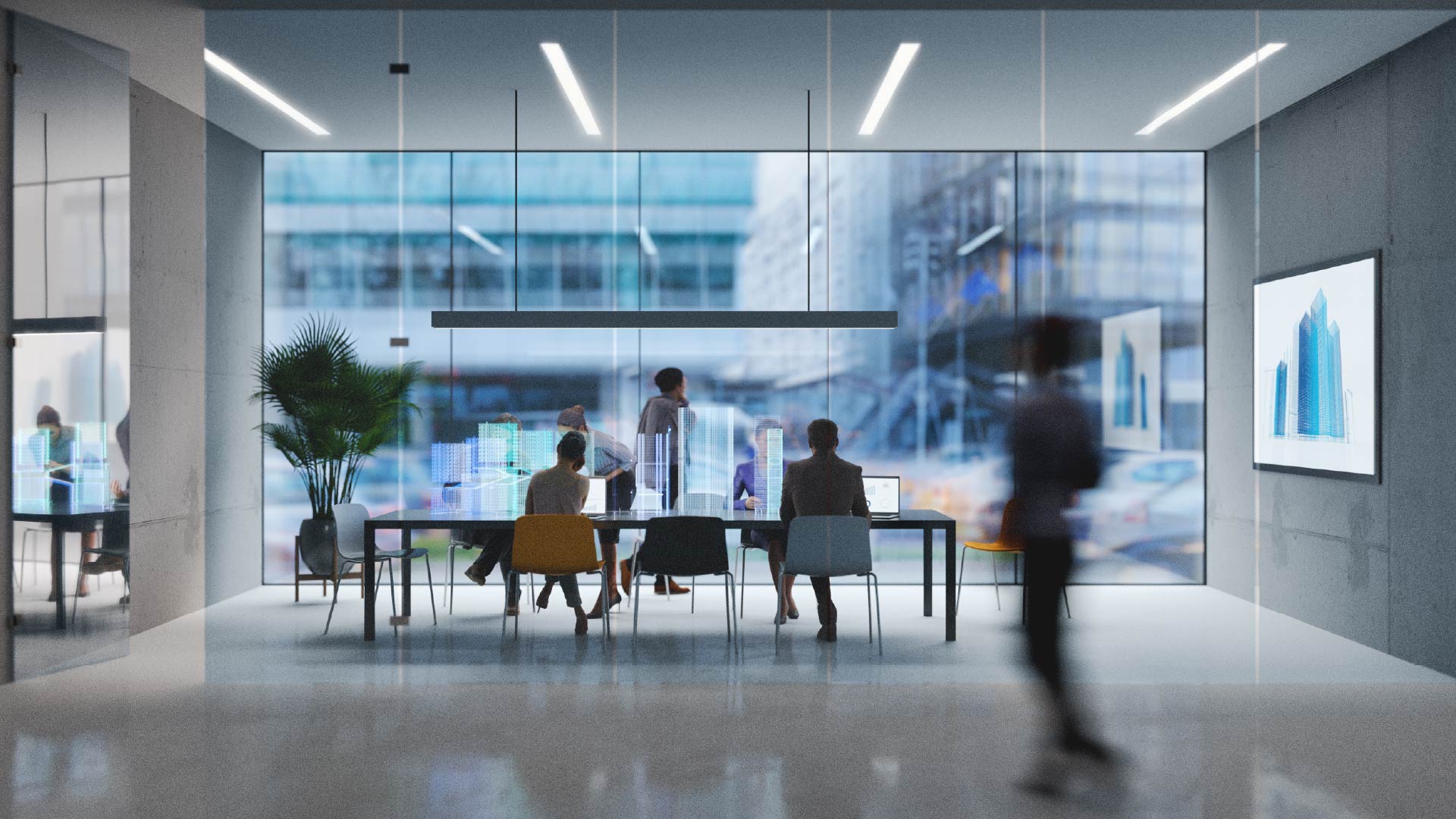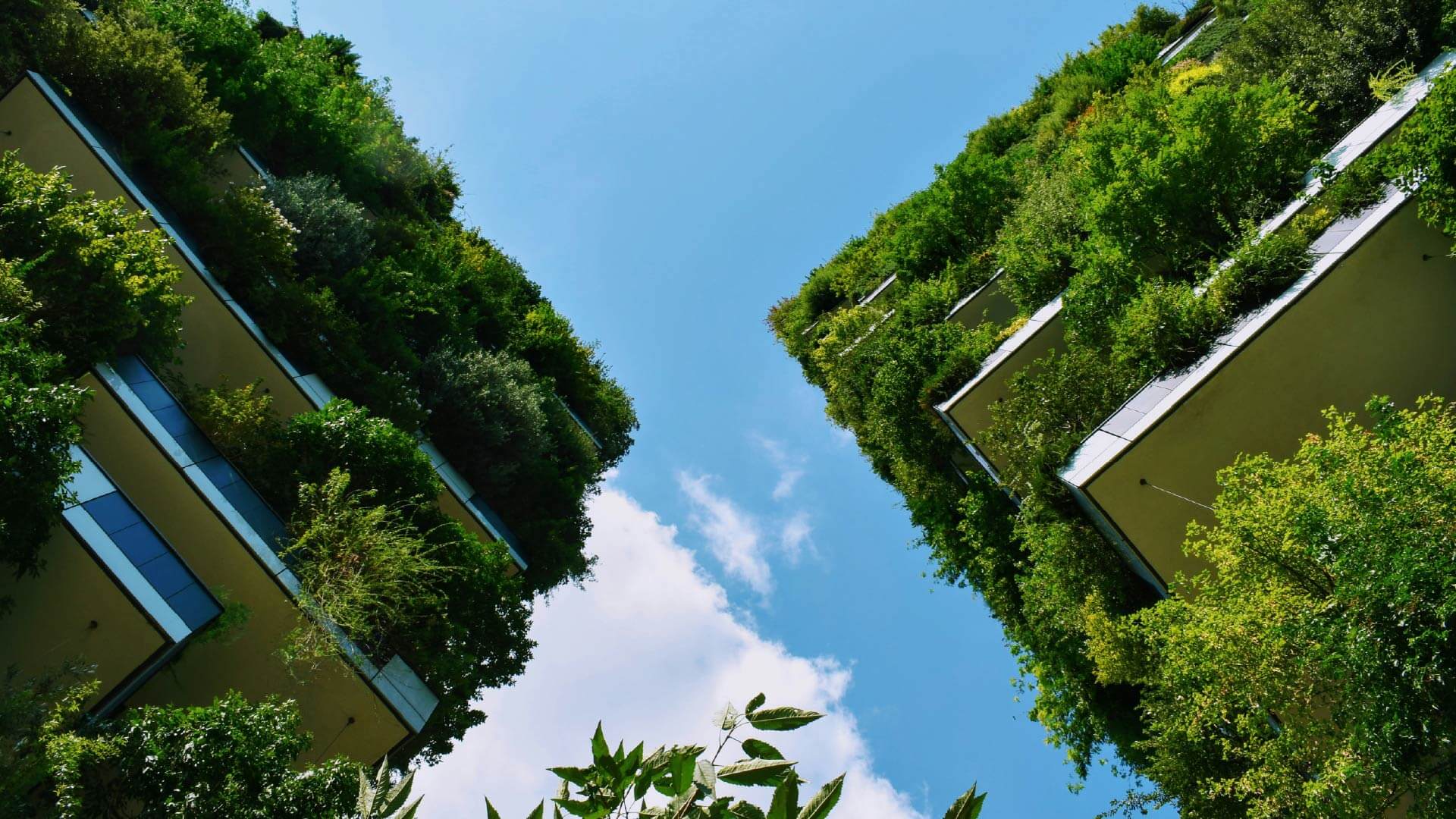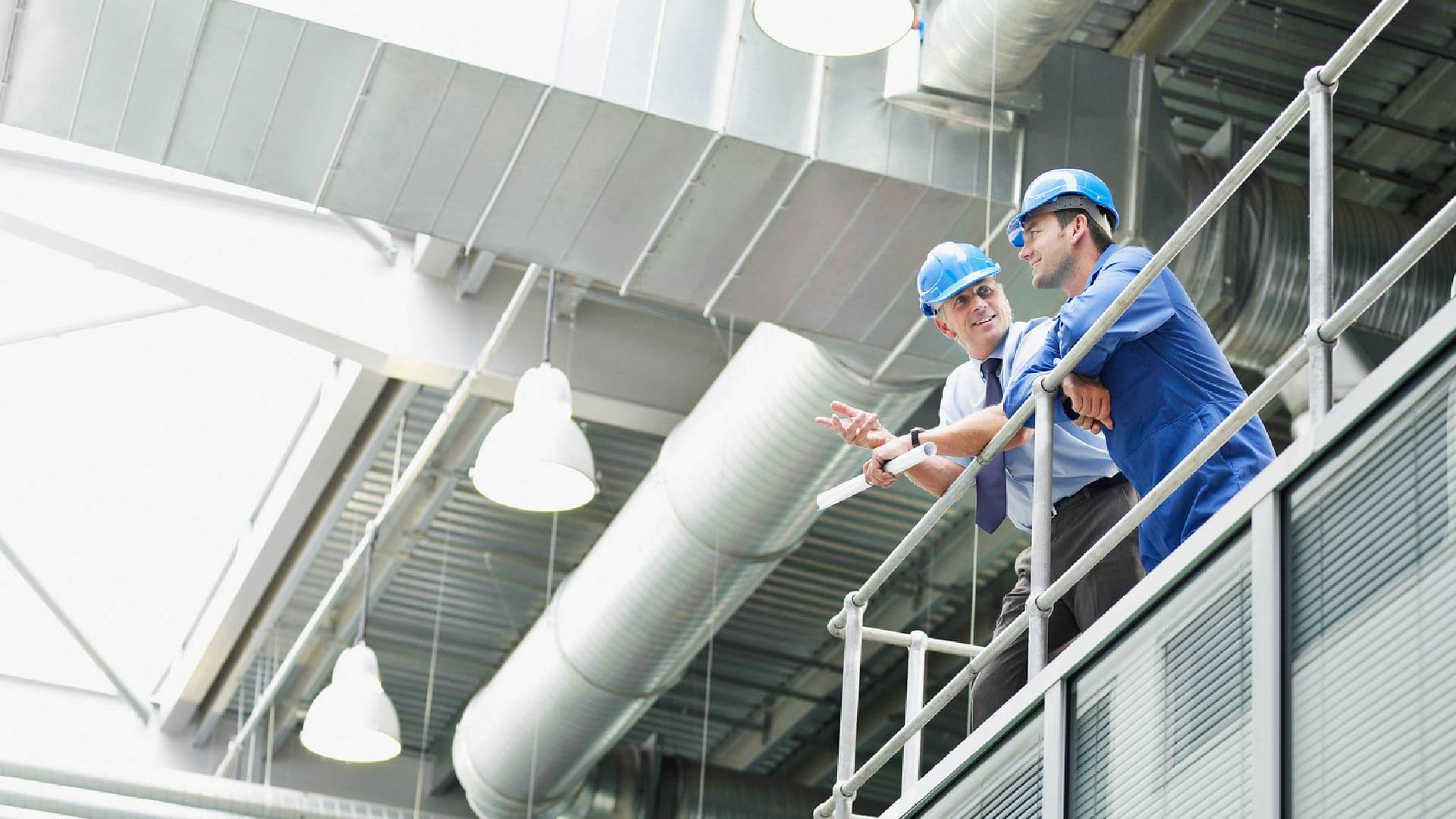Don’t Call It A Comeback – The Future Of Offices
Whilst the many articles claiming the death of the North American office market hold some compelling truths, they should not be taken as gospel. Yes, since the COVID-19 pandemic, the market has faced record high vacancy rates and above-average interest and inflation rates, painting a bleak picture. However, now the dust has started to settle, we can see through the doom and gloom to the potential offices of the future.
In the Verdantix Future Of Office Space (North America) report, we broke down the market into four categories, and picked the winners and losers by analysing the impact of the following factors on the market:
- Flight-to-quality – investors and businesses are favouring high-quality office space as it becomes more affordable and easier to lease.
- Evaluation of building sustainability – firms are analysing the impact of their office portfolios on net zero strategies, deploying new solutions to improve building sustainability – and taking long leases when the credentials add up.
- Focus on portfolio resilience – as the risks posed by climate change, volatile energy prices and the digitization of systems become better understood, executives are seeking to improve the resilience of buildings across energy sources, climate risk management and business continuity.
- Emphasis on worker and tenant experience – more than ever, firms are investing in workplace technology and designs in line with their brands to entice workers back into the office and to attract new talent.
- Falling asset values and troubled loans – the vacancy, interest and inflation rates in the US are making it much harder for building owners to make loan payments. As more owners fall behind on payments, the number of office buildings going into foreclosure and being sold for sharply lower prices is also on the rise.
These trends are driving real estate stakeholders to implement new technologies, workplace design principles and strategies. Due to the flight-to-quality and falling asset values, building owners and investors are increasingly considering office-to-residential conversions. The Peyton Building in Spokane, Washington is undergoing a $33 million retrofit to convert offices into apartments and add amenities, such as a climbing wall and library. Investment in space and workplace technologies appears to be at an all-time high, with 56% of North American respondents in our global corporate survey planning to increase spend on workplace management software. To incentivize workers to come into the office, firms and landlords are investing in new amenities and services – such as free parking – and more aesthetically pleasing workplaces.
Analysing the impact of the market and stakeholder trends on the four different categories of offices allows us to visualize what the future of offices will be across the segments. As the least constrained category, corporate headquarters will lead the market in embracing innovative technologies and other workplace trends. These offices will be used to promote corporate brand, feature fully integrated systems and have workplaces that are built for hybrid working. However, the future is grimmer for Class B and C offices – they will still offer some value to the market, but many will become obsolete.
For our full analysis, see Verdantix Future Of Office Space (North America). If you are a qualifying corporate practitioner, be sure to sign up for free access through our Vantage platform. For further insights into the future of offices and higher education facilities, watch our webinar on The Future Of Real Estate & Facilities: Reimagining Higher Education And Offices For 2050.
About The Author

Joy Trinquet
Senior Analyst





